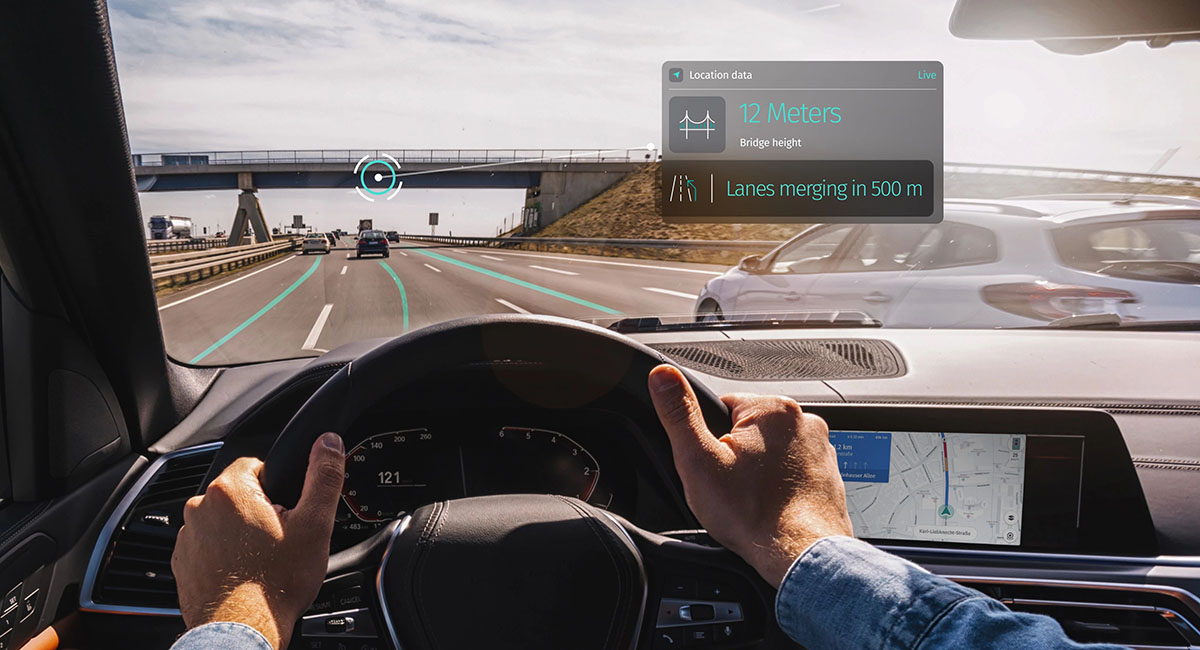Increasing the speed of your last-mile delivery is essential to business success – but it is not easy. Since Amazon started offering customers next-day delivery (even same-day delivery on some items), logistics providers have been under greater pressure than ever to improve their delivery times.
Not only must businesses continually find new ways of speeding up their time of delivery; they must continue to provide good service in other ways as well – communicating regularly with customers and offering a variety of delivery options. Failure to meet these lofty expectations can have disastrous consequences for delivery firms, with one study finding that 13% of consumers would never buy from a retailer again if a delivery arrived later than expected.
With many delivery firms already offering impressive delivery times, the challenge now revolves around finding marginal improvements that will create a competitive advantage. Fortunately, there are plenty of these for delivery firms to tap into and we’ve listed a few below:
1. Build up a strong logistics network
As supply chains have become global, the complexity involved in the delivery process has ramped up considerably. Building up a strong logistics network that prioritizes transparency and collaboration, therefore, is essential. Businesses should establish risk-management plans for suppliers, communicate regarding possible bottlenecks ahead of time, and look into establishing a program management team to research and resolve potential supply issues. Get your logistics network in order long before your delivery trucks are on the road.
2. Collect vital metrics
Do you know your cost per shipment or the average time it takes to complete a delivery? Are you aware of your perfect order percentage? Without collecting this sort of information, it is impossible for delivery firms to identify improvements. If you want to optimize your delivery times, you need to collect data – as much of it as you can.
3. Standardize your delivery data
With more logistics firms employing technology to reduce their time of delivery, data has taken on an increasingly important role. However, collecting these different data types, whether it be traffic information, product supplies, or customer locations can be challenging if they are not standardized in some way. A similar problem will also occur when it comes to sharing this data among the various different partners within your logistics network. That’s why it is essential that your chosen technology platform can manage all your datasets.
4. Adopt hyperlocal partnerships
Improving delivery times is challenging – particularly given the distances that some delivery drivers have to travel. Determining which types of customers you want to serve will have a major effect on your delivery times and routes. For businesses where the majority of customers are based in city-center locations, forging a hyperlocal partnership with warehouses and suppliers can dramatically cut time of delivery. The online hyperlocal services market is poised to grow by $451.64 million between 2020 and 2024 – and the speed benefits it can provide are major reasons why.
5. Use a variety of carriers
Some carriers will be better suited to delivering large quantities of small packages at speed, while others might specialize in larger goods. The main thing to remember is that each carrier will have its strengths and weaknesses. With customers now expecting choice as well as speed from their retailers, they must adopt a delivery system that easily integrates with multiple carriers.
6. Adopt a warehouse management system
Warehouse management systems come packaged with a variety of digital solutions that can speed up your delivery times. These include goods-to-person systems, sorting programs, and automated guided vehicles that follow a set path through your warehouse. The deployment of automation systems can significantly speed up order selection compared to manual picking, which consumes as much as 50% of the working hours among warehouse staff.
At Local Eyes, we have worked with countless businesses to speed up their delivery times. Our proven expertise in delivering effective location-intelligent solutions is built upon the latest technological innovations, leveraging geocoding, fleet management, and route optimization tools.
Our technology informs many of the approaches listed above.






